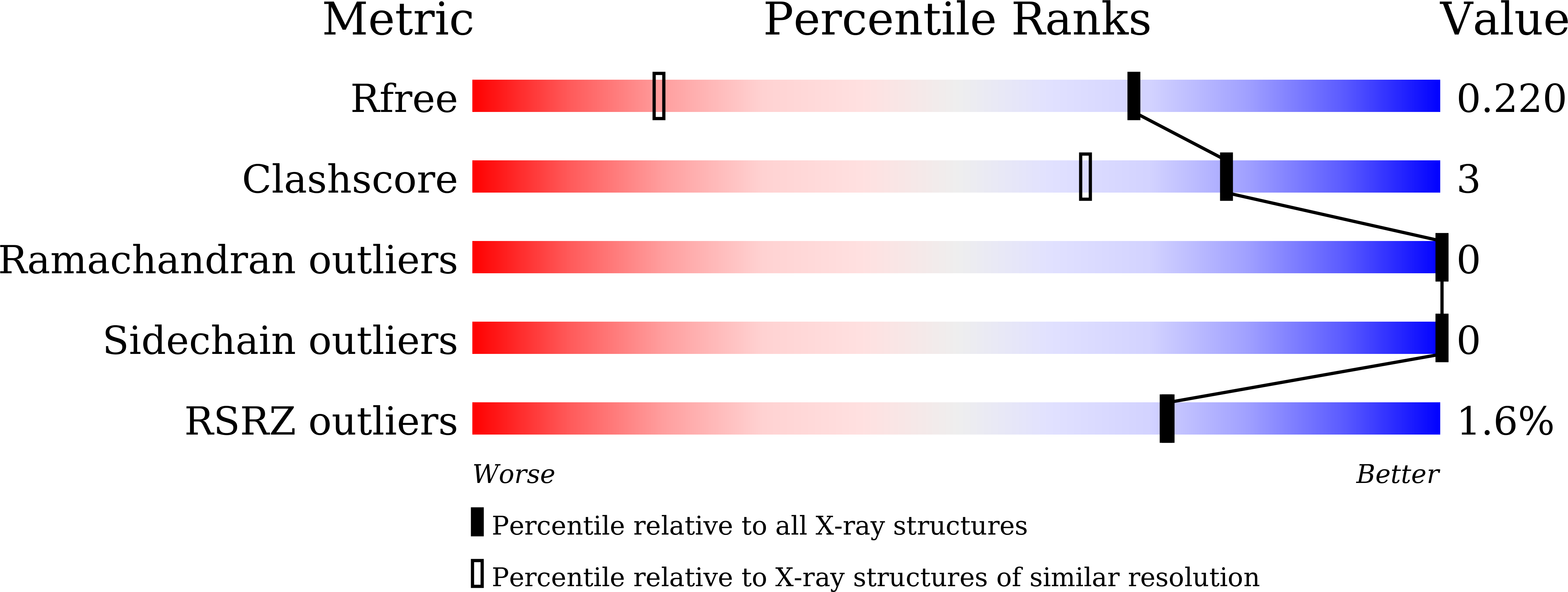
Deposition Date
2022-08-01
Release Date
2022-09-21
Last Version Date
2024-11-06
Entry Detail
PDB ID:
7YNU
Keywords:
Title:
Crystal structure of Hen Egg white LYSOZYME introduced with O-(2-nitrobenzyl)-L-tyrosine
Biological Source:
Source Organism:
Gallus gallus (Taxon ID: 9031)
Host Organism:
Method Details:
Experimental Method:
Resolution:
1.44 Å
R-Value Free:
0.22
R-Value Work:
0.19
R-Value Observed:
0.19
Space Group:
P 43 21 2


